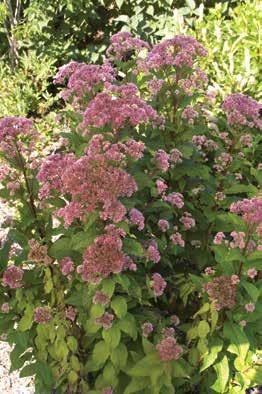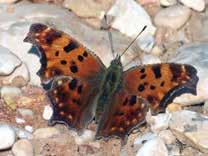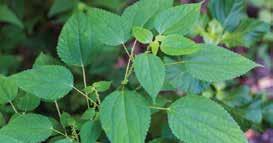Butter y ID
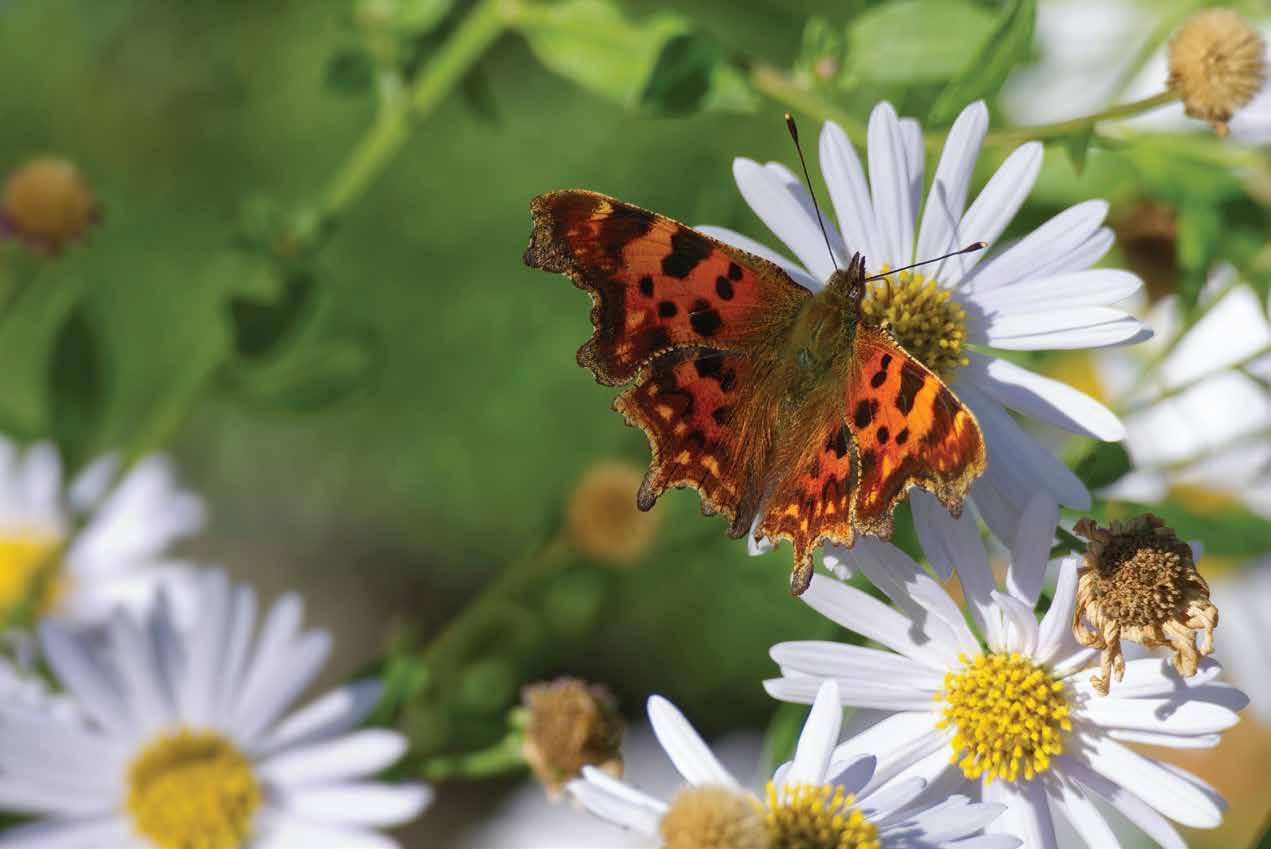



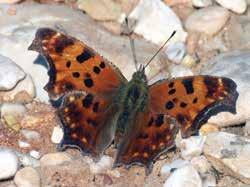
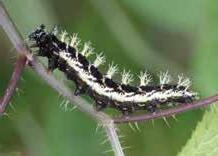
As adults, Eastern Comma butter ies primarily feed on the nectar of various owering plants, visiting a variety of owers. Some common nectar sources for Eastern Commas include but not limited to:
• Milkweed
• Butter y Bush
• Aster
• Goldenrod
• Purple Cone ower
• Verbena
e Eastern Comma butter y is named for the distinctive white "comma" mark on the underside of its hindwing. is marking resembles a punctuation mark, giving the butter y its characteristic appearance.
e adult lifespan of Eastern Commas is relatively short, typically lasting only a few weeks. During this time, they focus on mating and laying eggs to ensure the survival of the next generation.
Unlike migratory butter ies, Eastern Commas hibernate during winter, seeking shelter in tree hollows, buildings, or leaf litter, and emerge in spring as temperatures rise.

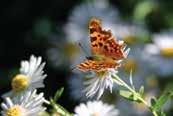

Host & Caterpillar Food Plants
• Elm
• False Nettle
• Hop Vine
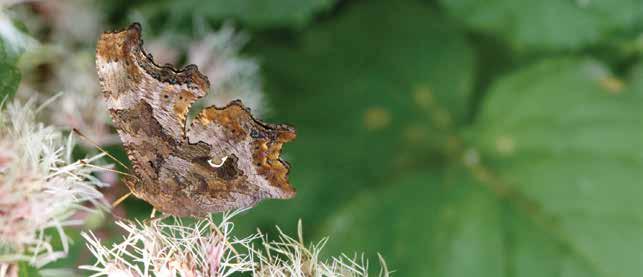
e Eastern Comma (Polygonia comma) is a butter y species native to North America. Its wingspan ranges from 4 to 6 centimeters, and its distinctive markings include a white comma-shaped pattern on the underside of the hindwing, giving it its name. is butter y exhibits seasonal polymorphism, with color variations depending on the time of year. Eastern Commas are known to hibernate during winter, seeking shelter in protected locations, and emerge in spring to begin their lifecycle anew. ey feed on the nectar of owers and their caterpillars consume various host plants such as nettles, elms, and hackberry trees. With their short adult lifespan, Eastern Commas prioritize mating and egg-laying to ensure the continuation of their species.
Unlike monarch butter ies, which undertake long-distance seasonal migrations, Eastern Commas are resident butter ies. ey overwinter as adults, o en tucked away in sheltered places like under bark, in woodpiles, or inside hollow logs. When spring comes, these overwintered adults become active, mate, and lay eggs.
e Eastern Comma butter y begins its life as an egg laid on the underside of host plant leaves. A er hatching, the caterpillar feeds on leaves, undergoing several molts until it reaches full size. It then forms a chrysalis, undergoing a transformative process inside before emerging as an adult butter y. e adult Eastern Comma feeds on nectar from owers, contributing to pollination. is cycle not only showcases the butter y's remarkable transformation but also highlights its ecological importance as a pollinator.
